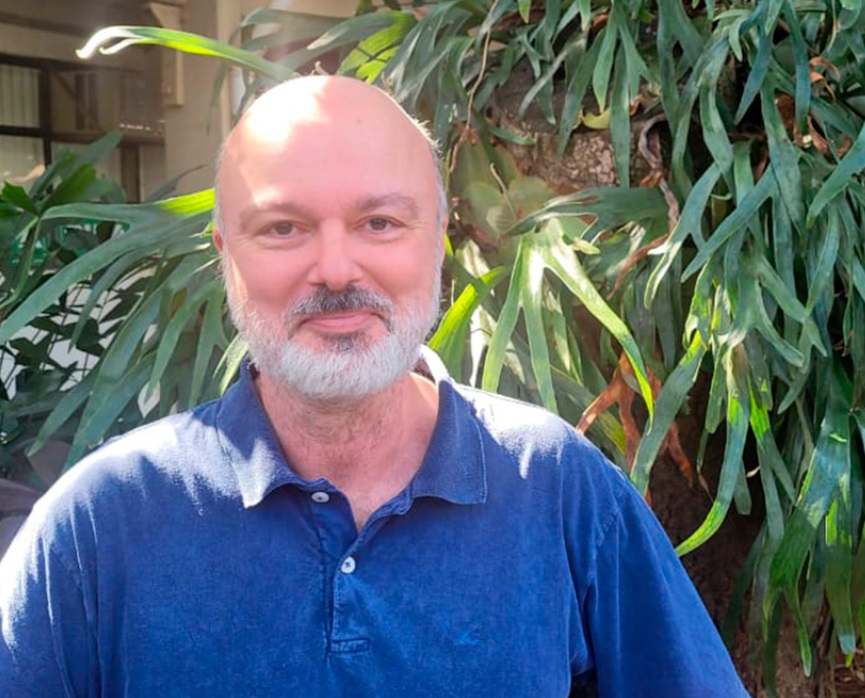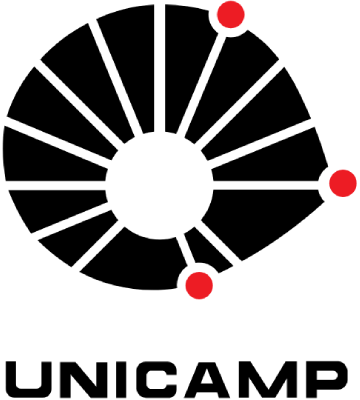EXTENDED FAMILIES AND DEMOGRAPHIC EXPLANATIONS FOR LAND USE-COVER CHANGE IN THE BRAZILIAN AMAZON
Resumo
The Household Life Cycle framework relates family demographic processes to land use-cover change, but also revealed limitations. We propose several modifications, featuring a focus on extended families instead of single households, to broaden the applicability to land use systems. In the process, we pay particular attention to temporal dynamics and the spatial distribution of families concerning demographic processes, going beyond fertility to focus on population distribution. To evaluate the extended family model’s explanatory value, we apply it to the Transamazon Highway region in Brazil. The analysis includes 330 families, which are often multi-generational and multi-sited, based on data from 402 lots (1997/8–2005). We present models for forest, secondary succession, annual crops, perennials and pasture. Explanatory variables feature nine demographic factors with five others controlling for exogenous forces. The findings show strong effects for family dynamics and spatial distribution variables in many equations. Time on lot (cohort effect), the complexity of family structure (age effect) and social integration into urban fabric (spatial effect) are demographic processes that deserve further attention in land use studies.
Membros





